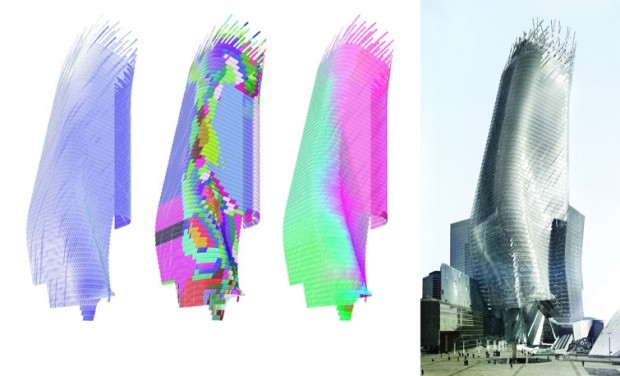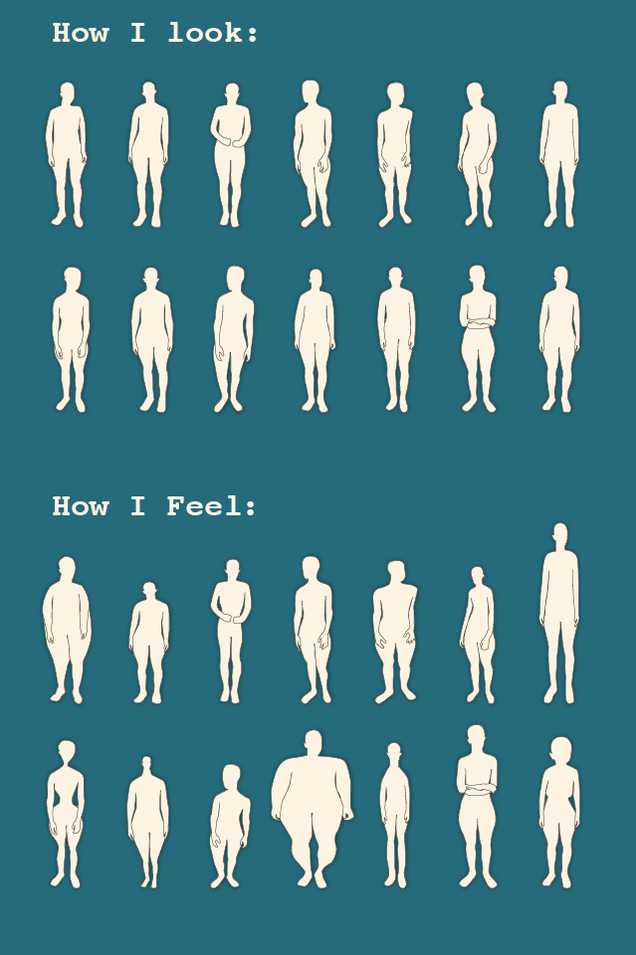Nothing of This is Ours from aandnota on Vimeo.
“Nothing of This is Ours” is a generative, procedurally generated multiplayer game that combines landscapes, figures, and items into an exploration of surreal worlds using the Unity engine. Without exploring the game firsthand it’s hard to say for sure if it’s successful, but from the video I get the definite sense of weirdness, of being transported to some otherworldly land. Perhaps because of the Buddhas and mindless heads I get the feeling of exploring an in-between space, a limbo between worlds. Through careful choice of models, the author succeeds in creating a definite sense of feeling and place.
Where I”m not certain the project succeeds is in playability and interaction, both of which are both a means of robustness as well as a symptom. This being an art project, it doesn’t seem right to critique it on its entertainment value, but since it is specifically billed as a multiplayer game it should provide something beyond mere visual exploration. Creative Applications writes, “Up to four players can be on the server at once, but they never see or exist together at the exact same moment. Over the Alex has become obsessed with lag and what it means for memory and the self and this project is the result.” However, this seems to me a wasted opportunity or a cop out; I don’t see any meaningful expression of lag or memory between players in the video, though maybe this comes through better in actual play.
The classic game this reminds me of is Myst, but my gut feeling is that “Nothing of This is Ours” focuses on the world and surrealistic feeling without any meaningful interaction.
SYNTHESIS from HGK IVK Interaktion on Vimeo.
SYNTHESIS is a performance of generative visual instruments accompanying a piece of minimal electronic music. The piece consisted of nine members performing and coordinating black and white visuals along with the music, with a conductor previewing and switching between the visuals. The individual visualizations were made with Processing hooked up to a Korg NanoControl 2. This piece is especially interesting to me for its use of generativity as a means to extend and modulate human creativity.
This piece is solid — simple but well executed. There was one section of the video that I particularly didn’t like, but that’s more a matter of taste than critique. Another section (starting at (1:19) blew me away in the visual effect it created. One of the greatest strengths of this piece is the performance aspect; that it was performed live and synchronized between several people gives it a life and human touch that purely automatic, recorded art does not have.



